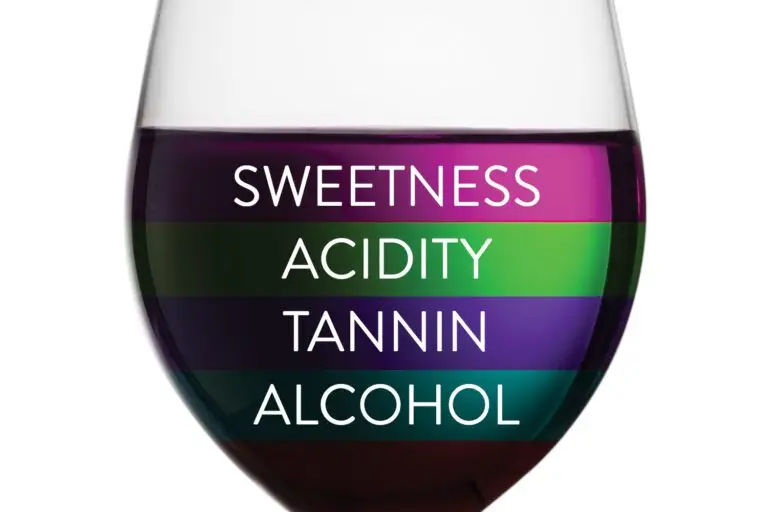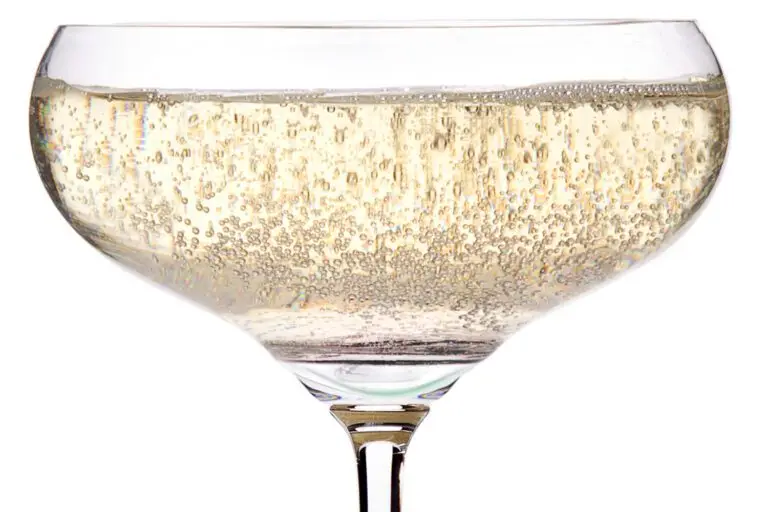Cracking the Code On Germany’s Complex Wine-Labeling System
Germany has long produced piquant, brilliant, lingering white wines that are delightful on their own and extremely food-flexible.
German wine labels precisely indicate a great deal about the wine in the bottle. Learn some important terms to eliminate purchasing blindly, and don’t hesitate to ask your fine wine retailer/restaurateur for advice.
German vineyards are not classified according to quality, even though there is a recognized hierarchy. Grape ripeness in a cold climate is prized, so grape sugar levels at harvest are the primary determining factor in wine quality.
Each of Germany’s 13 growing regions has unique variations of climate and soils that impact wine flavor and style. Some regions to investigate include Mosel/Saar/Ruwer, Rheingau, Rheinhessen, Ahr (for red wines) and Franken.
Typically, the higher the alcohol, the lower the residual sweetness, so 12 percent alcohol usually means the wine is dry. If you are looking for the sweetness of a light Moscato or White Zinfandel, look for wines with 7 to 9 percent alcohol.
Wines of higher ripeness levels are usually finished sweet. However, with lower ripeness levels, the winemaker determines the wine’s final sweetness. Dry wines in Kabinett, Spatlese and Auslese grape-ripeness categories are popular and compete in the global market.
Grape varieties indicated on a label must comprise a minimum of 85 percent of the wine. Riesling produces Germany’s finest wines, but the use of other early-ripening varietals is common. Master winegrowers produce fine whites from Gewurztraminer, Scheurebe, Silvaner and Pinot Blanc.
Vineyards are organized into 13 regions (Gebiet), 34 Districts (Bereich), 152 Collective Sites (Grosslage), and 2,600 Individual Vineyards (Einzellage). Typically, the more specific the origin, the finer the wine.
The government requires minimum alcohol and approved varietals. All wines are tasted, analyzed and approved before release.
Rieslings offer a lovely balance of sweetness and acidity, the yin and yang that make them brilliant and lingering. Though many consumers think of German wines as being only for sipping and dessert (true for the Beerenauslese level and above), they are also exceptional with food, especially the dry and off-dry styles.
The lighter wines from the Qualitatswein designation and Pradikat levels of Kabinett, Spatlese and Auslese are delightful with smoked and salty foods and other light entrées, such as seafood, poultry, pork and veal, pasta salads and mellow cheeses. They tame moderately spicy entrées through their hint of sweetness and low alcohol levels.
These same wines also pair superbly with salads, their acidity standing up to the vegetable astringencies and to the acidity in salad dressings.
Here are some important wine-quality categories and terms to know:
Qualitatswein bestimmter Anbaugebiete (Q.B.A.) (wines of specific regions)
Sugar is added to barely under-ripe fruit. Requires specific approved varietals and minimum ripeness levels. “Estate Riesling” is a new, popular designation in this category.
Qualitatswein mit Pradikat (Q.M.P.) (Superior quality wines)
Sugar is never allowed to be added.
- Kabinett: lightest and driest style, from fully-ripe grapes.
- Spatlese: late harvest, more intensity of flavor, aroma and extract.
- Auslese: selected perfectly ripe bunches, intense bouquet and taste.
- Beerenauslese: individual berry selection, over-ripe, honeyed, sweet wines.
- Eiswein: Beerenauslese sugar levels, grapes pressed while frozen. Sweet but balanced with bracing acidity.
- Trockenbeerenauslese: individual dried, overripe berries, honeyed, lusciously sweet.
Other wine designations
Classic: dry style, a region’s best quality.
Selection: dry style, top quality wines of a single vineyard.
Trocken (“Dry”) and Halbtrocken (“Half-Dry”): less sweet styles.
What’s next for Germany? It is becoming an increasingly significant producer of Pinot Noir, releasing some textured, complex examples that merit attention and bode well for the future.





